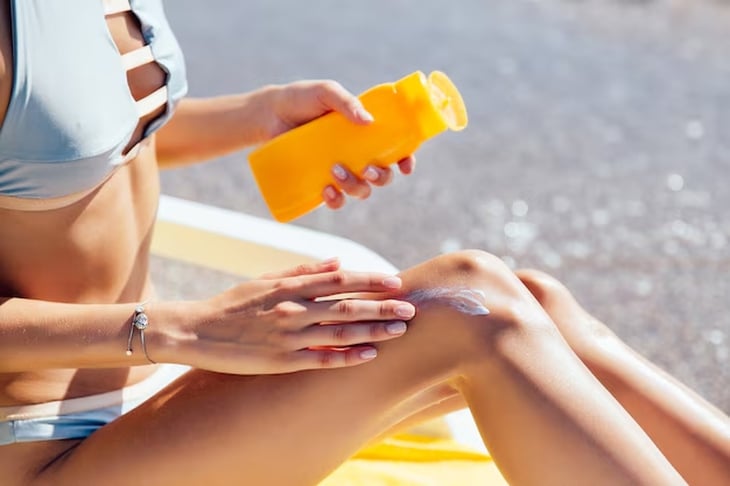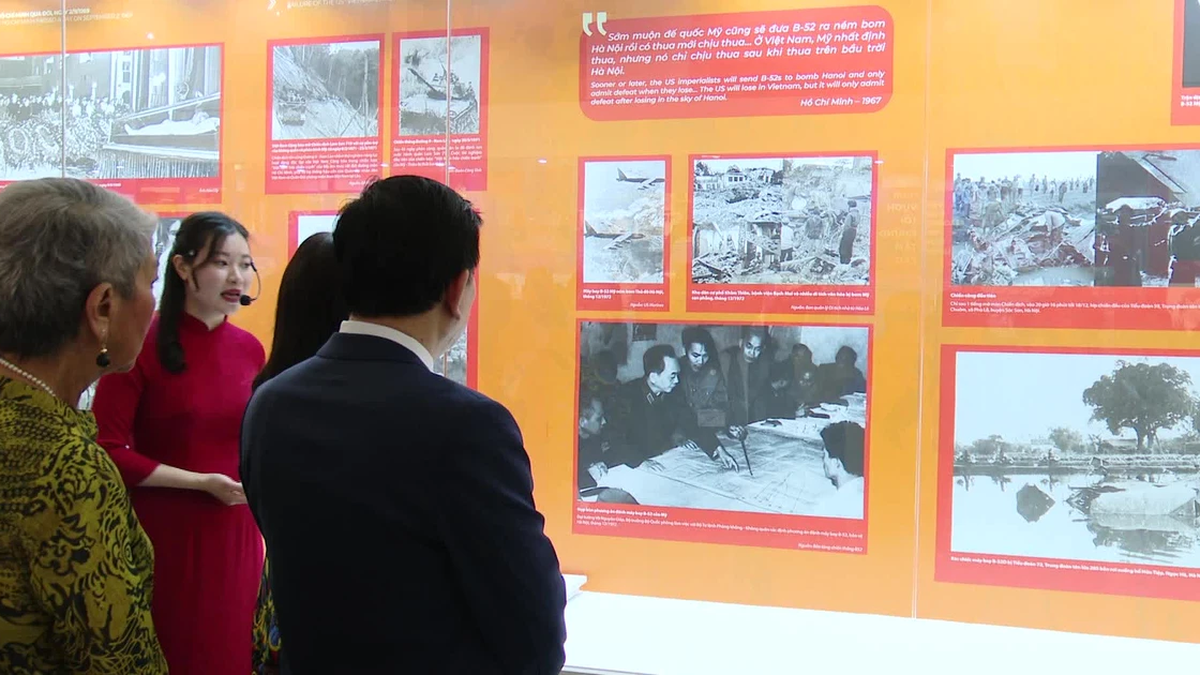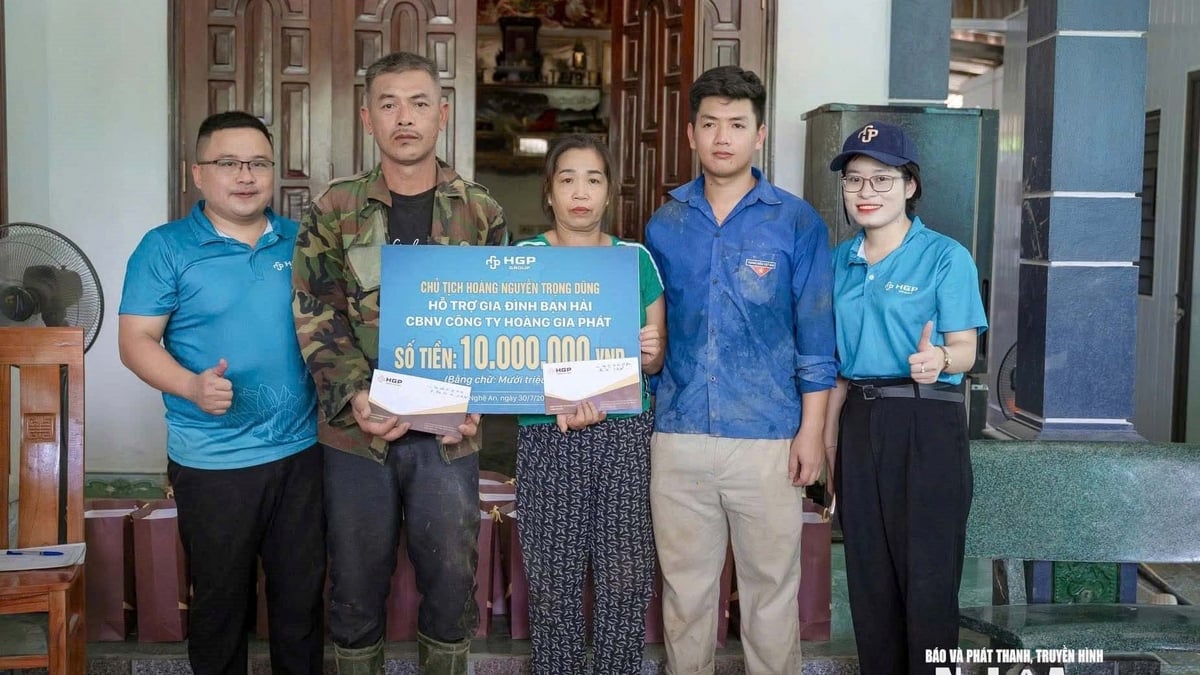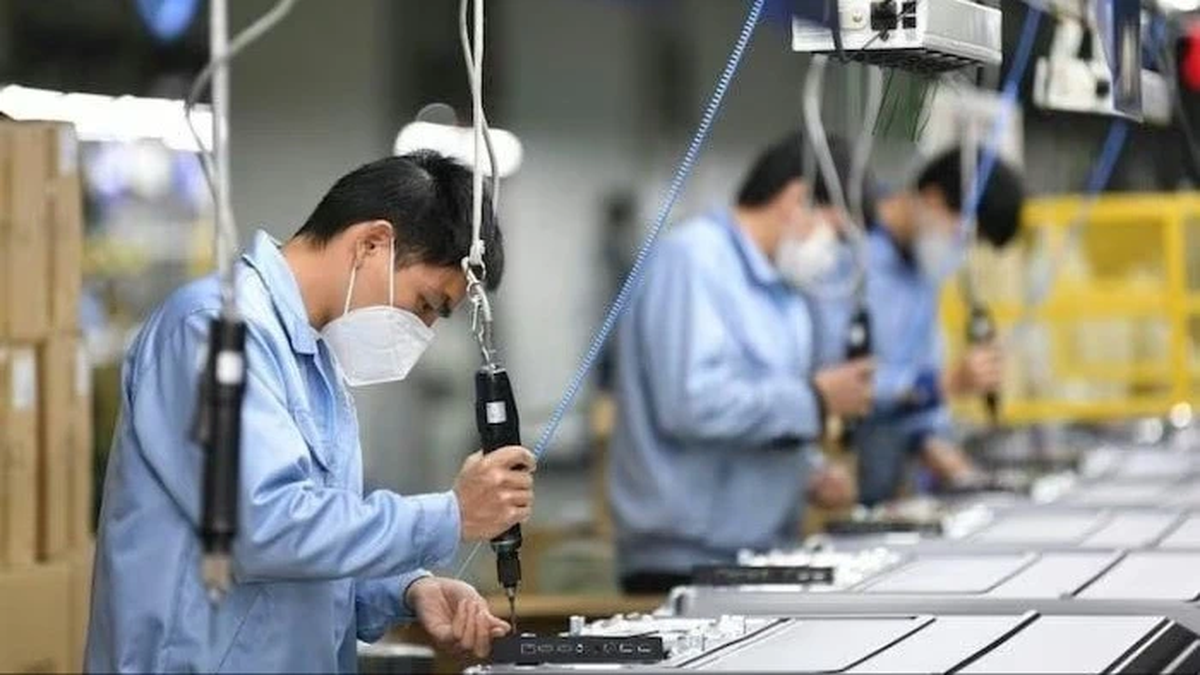
Many studies have shown that sunscreen helps reduce the risk of skin cancer - Photo: FREEPIK
Rumors circulating online also say that two chemicals found in sunscreen, avobenzone and oxybenzone, enter the bloodstream after one day of use, implying that using sunscreen is dangerous.
Sunscreen does not increase the risk of skin cancer
“Don’t put this on your kids,” one Facebook post warned. “Our bodies are built to protect themselves,” one user commented. “Detox from chemicals and metals and you won’t need sunscreen.”
However, according to Reuters, dermatologists and skin cancer experts say that while it is true that some chemicals in sunscreen can be absorbed into the bloodstream, there is no evidence that this is harmful. At the same time, there is no solid evidence that vitamin D from sunlight helps prevent skin cancer.
Experts say the link between widespread use of sunscreen and an increase in melanoma, the deadliest form of skin cancer, is coincidence, not cause and effect. On the contrary, many studies have shown that sunscreen reduces the risk of the disease.
Swiss chemist Franz Greiter developed and commercialized the first modern sunscreen in 1946. However, it was not until the 1970s and 1980s that the product began to be widely used.
During that same period, public health campaigns encouraged people to check their skin for unusual spots or discoloration, which may have contributed to the increase in early detection of skin cancer, according to epidemiologist Elizabeth Platz of Johns Hopkins University.
In the mid-1970s, the UK had just four cases of melanoma per 100,000 people, according to the latest data from Cancer Research UK. By 2021, that had risen to 28.7 cases, a 600% increase.
In the United States, in 1975 there were 8.8 cases of melanoma per 100,000 people, a number that rose to 27.7 cases in 2021, according to the American Cancer Society — a 224% increase.
There is a lot of evidence that sunscreen helps reduce the risk of skin cancer. For example, a 2019 study comparing nearly 1,700 Australians aged 18-40 found that those who used sunscreen regularly from childhood had a 40% lower risk of melanoma than those who rarely used it.
Vitamin D does not help prevent skin cancer
Vitamin D plays a role in regulating the immune system, but there is no evidence to support the widespread online claim that vitamin D from sunlight can reduce the risk of skin cancer, according to Platz.
Another Australian study published in 2012 looked for a link between vitamin D and skin cancer prevention, but after 11 years of follow-up, no correlation was found between blood vitamin D levels and risk of the disease.
Meanwhile, sunscreen does not prevent the body from synthesizing vitamin D, according to Dr Mary Sommerlad, consultant dermatologist at the British Dermatology Foundation.
One experiment showed that SPF 15 sunscreen, when applied in amounts sufficient to prevent sunburn during a week's vacation in an area with strong UV rays, still significantly increased vitamin D levels.
A meta-analysis of more than 70 previous studies also found little evidence that sunscreens disrupt vitamin D production.
The claims about chemicals in sunscreens are said to stem from a 2020 study that found common ingredients like avobenzone and oxybenzone can be absorbed into the bloodstream at levels higher than the FDA's limit for "active" ingredients that need to be tested for safety.
However, Professor Antony Young from St John's Institute of Dermatology, King's College London, said there was no evidence that avobenzone and oxybenzone were harmful, a view shared by experts consulted by Reuters in 2021.
The FDA did not respond to a request for comment in July 2025. In a page posted in August 2024, the agency said it was still collecting data to assess the safety of the chemicals.
In the UK and the European Union, the permitted level of oxybenzone in sunscreens has been reduced from 10% to 6% by 2022 due to concerns that it could act as an “endocrine disruptor”. The European Commission had no comment at the time of publication.
Source: https://tuoitre.vn/cac-chuyen-gia-noi-gi-ve-tin-don-kem-chong-nang-lam-tang-400-ti-le-ung-thu-da-20250716230942514.htm


































































































Comment (0)